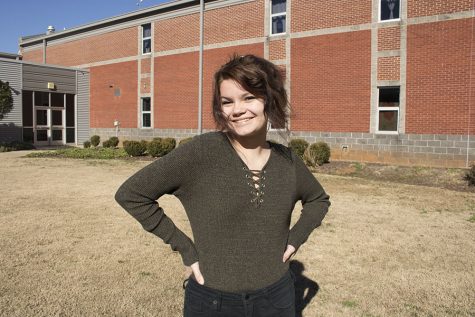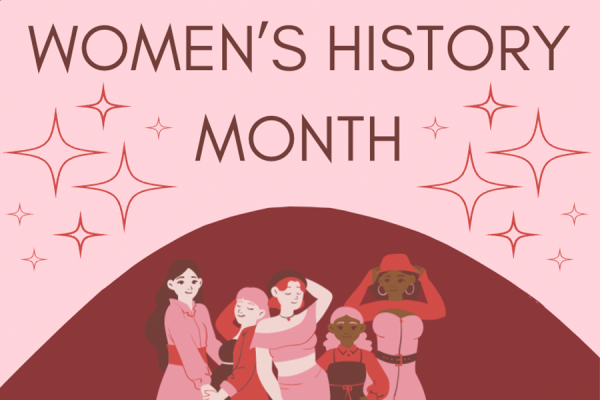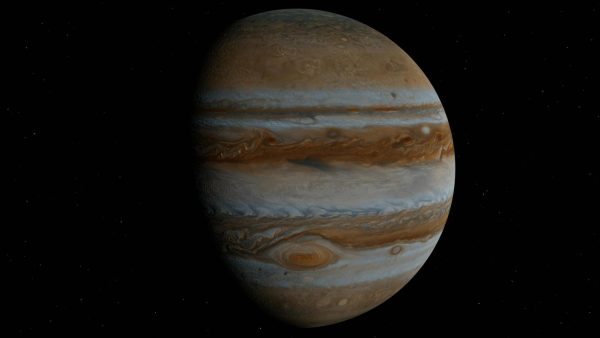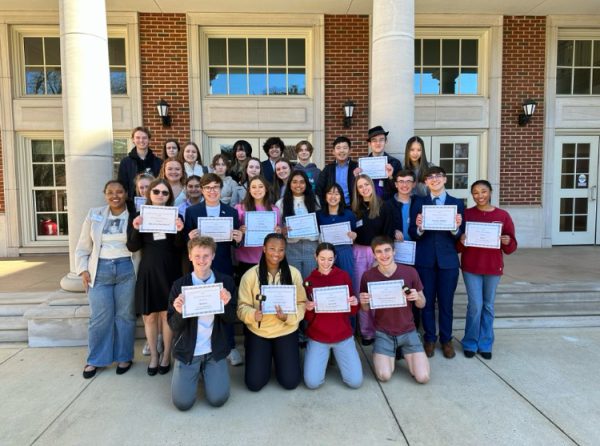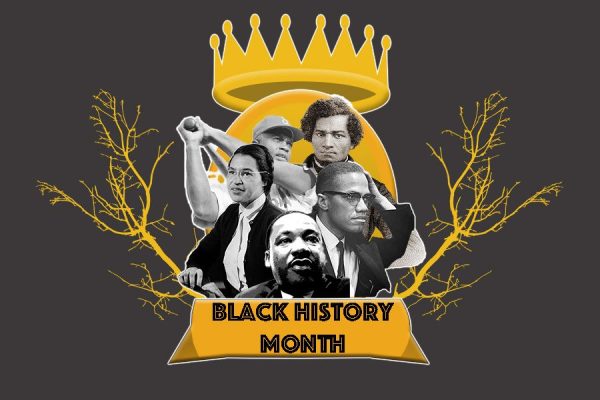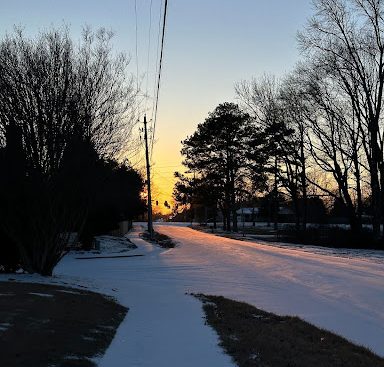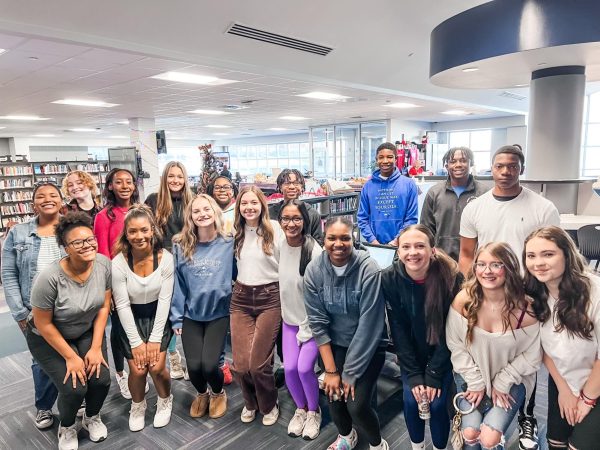The Early Bird Sees the Super Blue Blood Moon!
January 30, 2018
Bright and early will be the trend this Wednesday, January 31st! If you don’t know the first super blue blood moon since March 1866 is happening; a rare phenomenon that only happens when a cow jumps the moon.
What is a super blue blood moon? A supermoon is when the moon is closer than normal to the Earth- also known as perigee. The blue moon is when the moon is in the second full moon of its 28-day cycle. The exciting part of it all, the lunar eclipse, also known as the ‘blood’ moon is when the earth shifts its path across the sun casting a shadow on the moon. The moon appears to be reddish in color due to the sun’s rays going through the earth’s atmosphere.
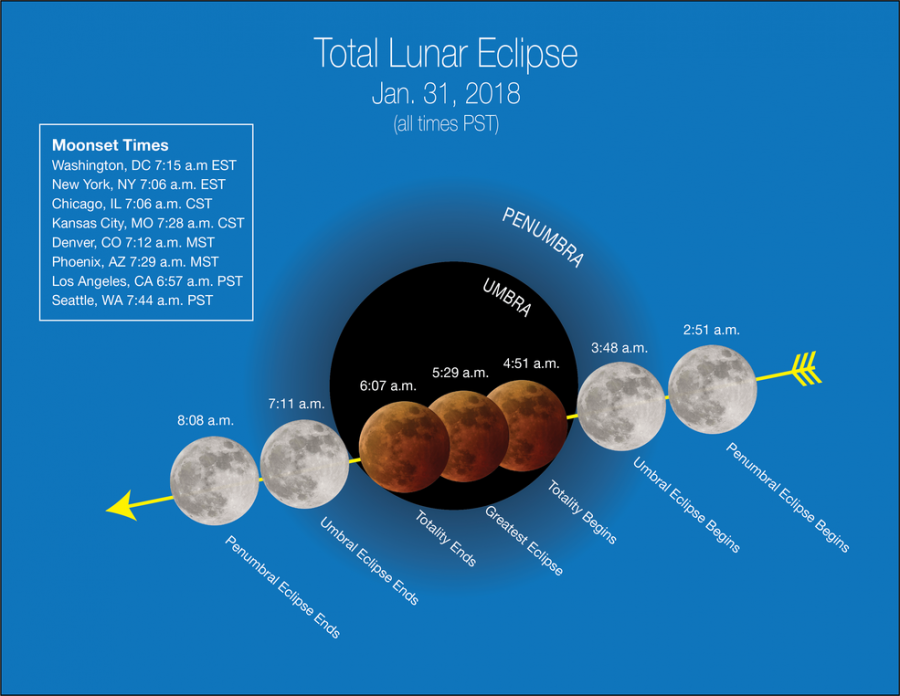
Senior, Kimmie Bohannon, a former astronomy student said, “I will be [viewing the eclipse]. It’s important for [people] to know what is going on around them. It is also not a frequent occurrence. I will be viewing the eclipse for my own personal love of space.”
In response to many discouraging thoughts on the viewing of the moon, Bob Jones’ astronomy teacher, Ms. Lois Stratton stated, “The problem with viewing it is that it will take place right before the moon sets in the early morning. If you’re in the right location, you should be able to see most of the eclipse but it’s going to set before we can see totality.”Though Museum Education Manager and Homeschool Programming Director at U.S. Space & Rocket Center, Joseph Vick stated the most important reason for viewing this rare occurrence, “Who knows, the most important thing is everyone will be looking up and enjoying the Moon together! Unified Earthlings looking up in peace and in illumination to our beautiful natural satellite. Filling our faces and hearts with light and joy just observing the natural beauty and glow. Hopefully, it will shed some “light” (pun intended) on astronomy and possibly motivate people of all ages to pick up or become interested in the science of astronomy, and led to future discoveries to come.”
Don’t worry if you miss this phenomenon! According to NASA’s website, “If you miss the Jan. 31 lunar eclipse, you’ll have to wait almost another year for the next opportunity in North America. Johnston said the Jan. 21, 2019 lunar eclipse will be visible throughout all of the U.S. and will be a supermoon, though it won’t be a blue moon.”

The peak viewing times around the United States:
- Madison/ Huntsville, Ala. 6:30 a.m. CST
- Washington, D.C. 7:15 a.m. EST
- New York 7:06 a.m. EST
- Chicago 7:06 a.m. CST
- Kansas City, MO 7:28 a.m. CST
- Denver 7:12 a.m. MNT
- Phenoix 7:29 a.m. MNT
- Los Angeles 6:57 a.m. PST
- Seattle 7:44 a.m. PST


